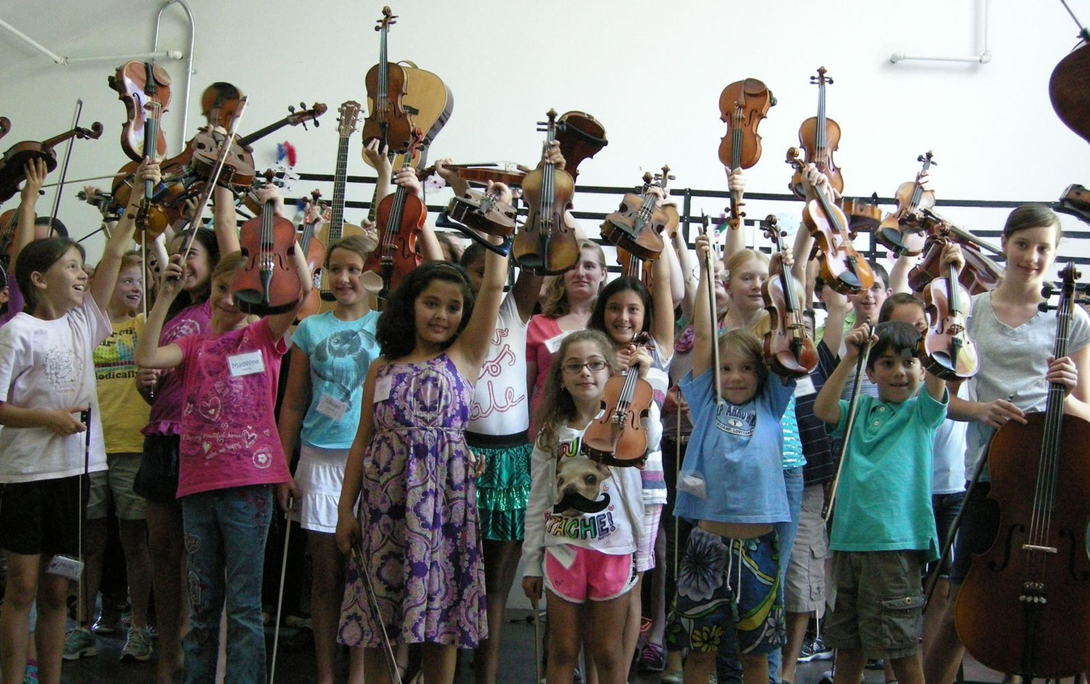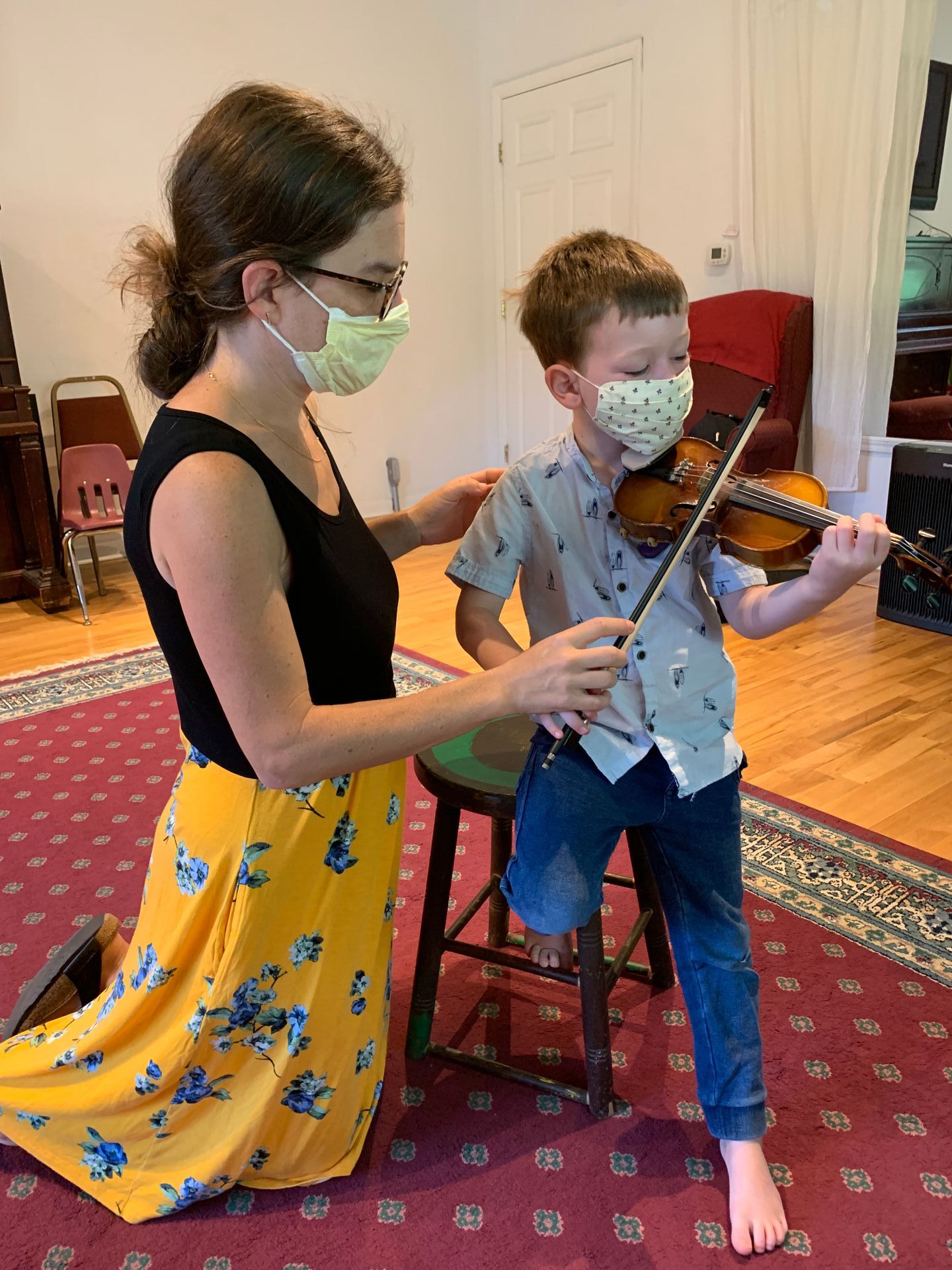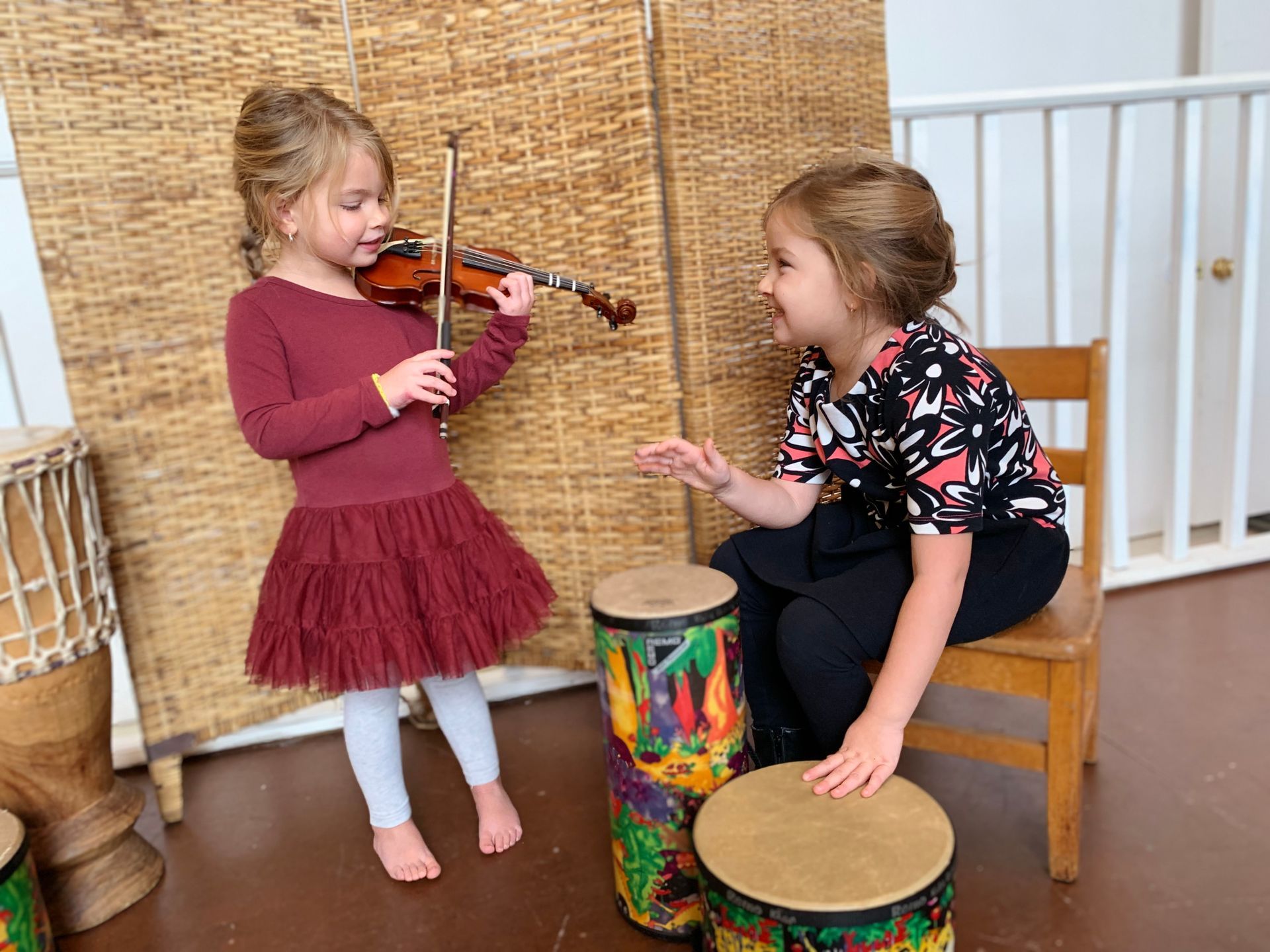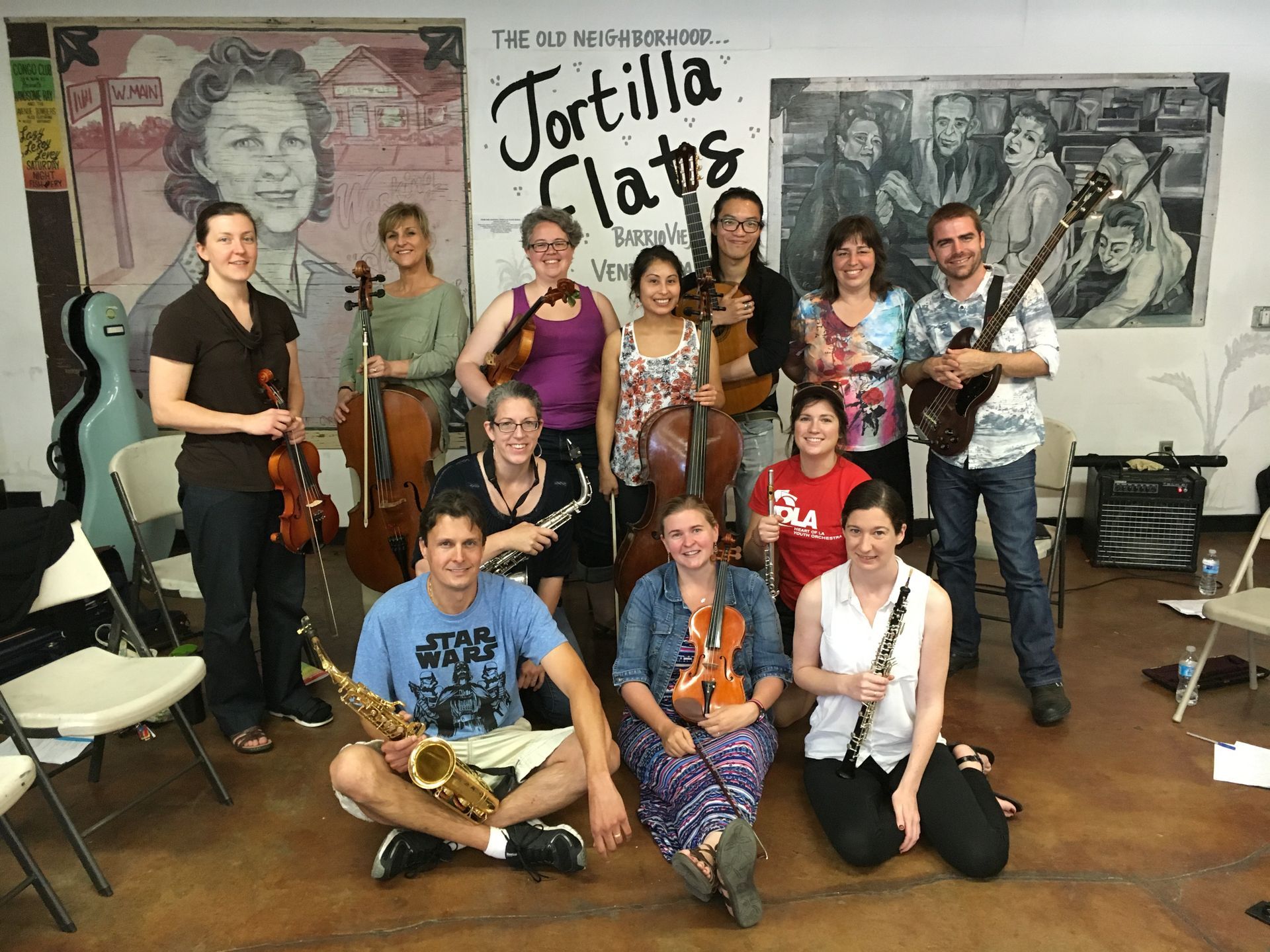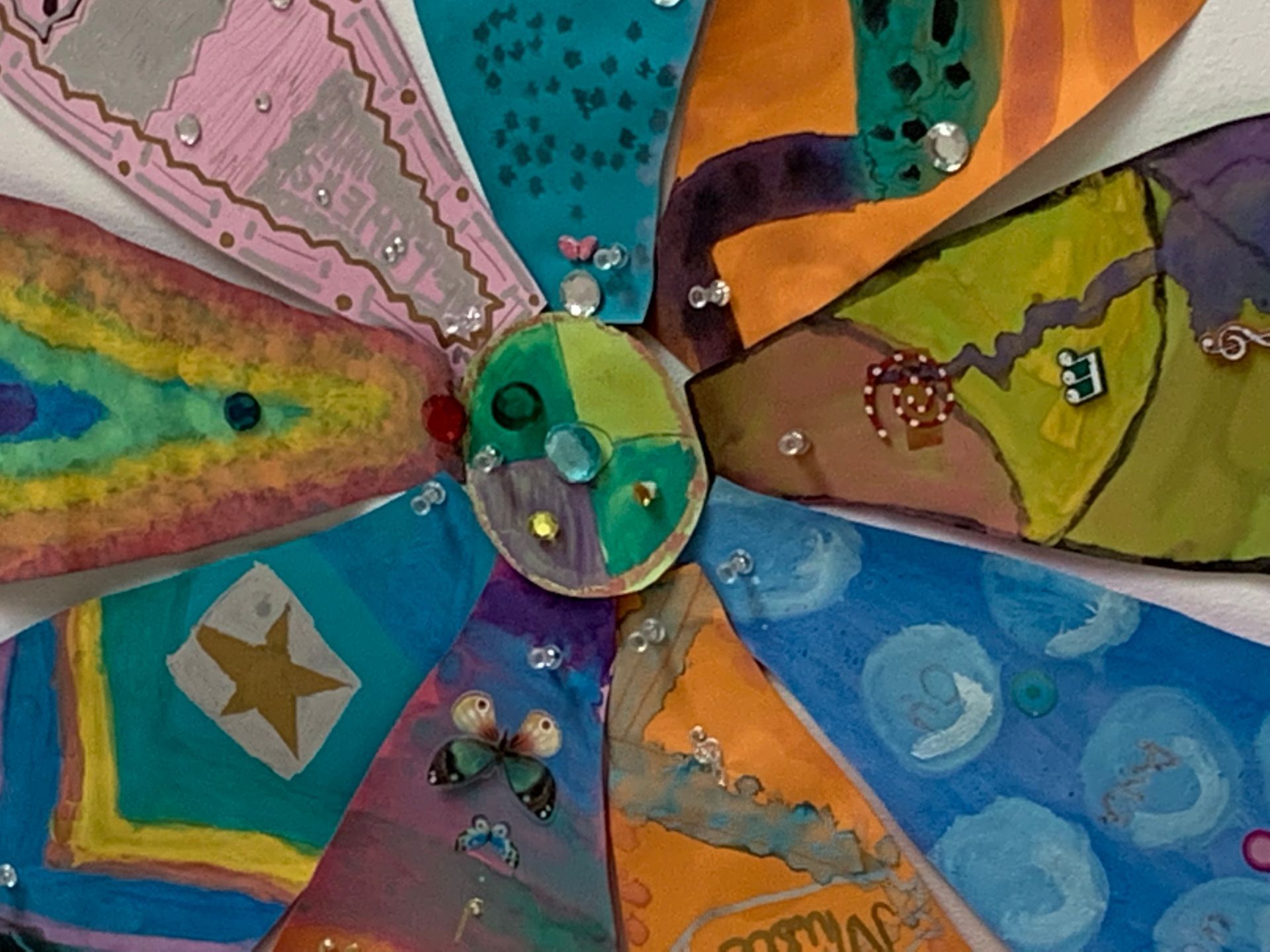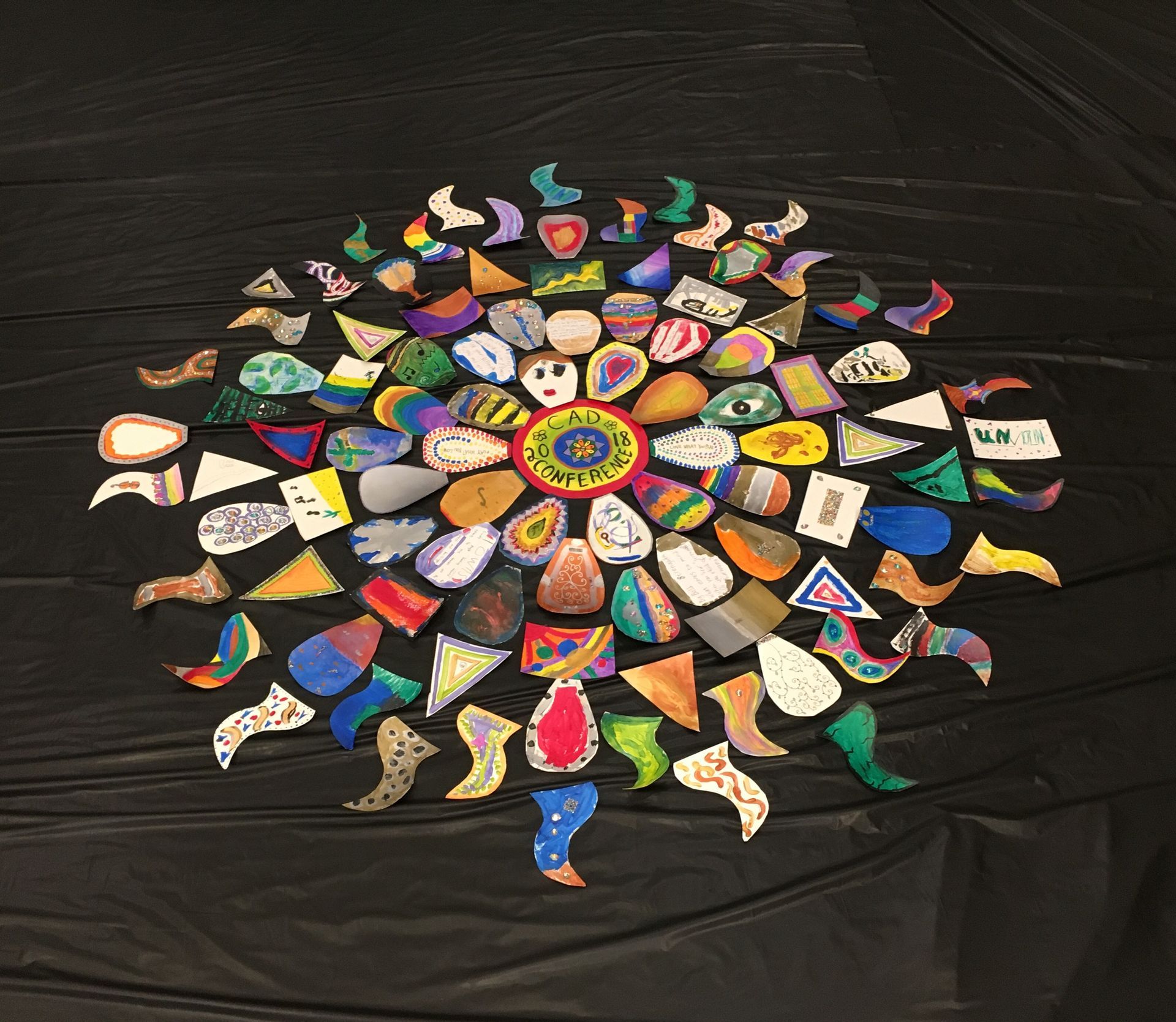Definition: Creative Ability Development (CAD) is an innovative method which uses improvisation as a tool to develop the creative part of the brain.
How it works: Creative ability is developed through the disciplined practice of the freedom of choice. In CAD, the teacher sets up a creative problem that has no correct answer. The student is then asked to find his own solution to the problem using improvisational practice. This active creative struggle triggers a process in the brain known in CAD as The Creative Process Theory:
Creative Process Theory
1. Conscious Work
2. Subconscious Work
3. Inspiration
4. Theory
At first, the student works consciously to find a solution to the problem. When the student is at rest, his subconscious takes over. Multiple repetitions of the conscious - subconscious process lead to inspiration. Inspiration is the moment in which the subconscious, having reached a solution to the problem, presents it to the conscious. As this exciting moment typically occurs without an explanation of how one arrived at the solution, theory is used to explain the inspiration.
Freedom of Choice + Disciplined Practice = Creative Ability Development
This is the founding and guiding educational principle of CAD. It is achieved through the use of improvisation over given backing tracks. While students are given complete freedom to choose their own ideas, discipline is achieved through the daily repetition of the assigned creative exercise.
The 3 Rules ~ These rules guide how we control the freedom of choice and maintain a safe atmosphere for creative activity in practice or group CAD settings.
1. There’s No Such Thing as a Mistake - Ideas are owned by the creator and therefore, it can never be criticized or corrected by anyone else in the room. Therefore, there is no such thing as a mistake when we create.
2. Applause and Silence - To deeply listen, we are silent; we applaud each creative expression to thank each other for the sharing of ideas.
3. Never Criticize a Friend - As there is no such thing as a mistake when we create, no-one is allowed to criticize anyone else in the creative environment.
CAD in private lessons or group classes
CAD has been designed to be taught in private and group settings. Ideally, both are used, but much can be accomplished using either separately.
Solo Practice ~ A carefully designed set of books and recordings were created specifically to address the daily disciplined practice of the freedom of choice. The books consist of philosophical and pedagogical material as well as carefully graded musical improvisation exercises for daily practice. These act as creative etudes and are the backbone of the CAD process.
Group Practice ~ Guided by a series of carefully organized games and group exercises, CAD group class teaches students to communicate and share their own ideas, and accept ideas from each other in a unique and powerful way. True creativity is built on this kind of understanding, sharing and acceptance.

